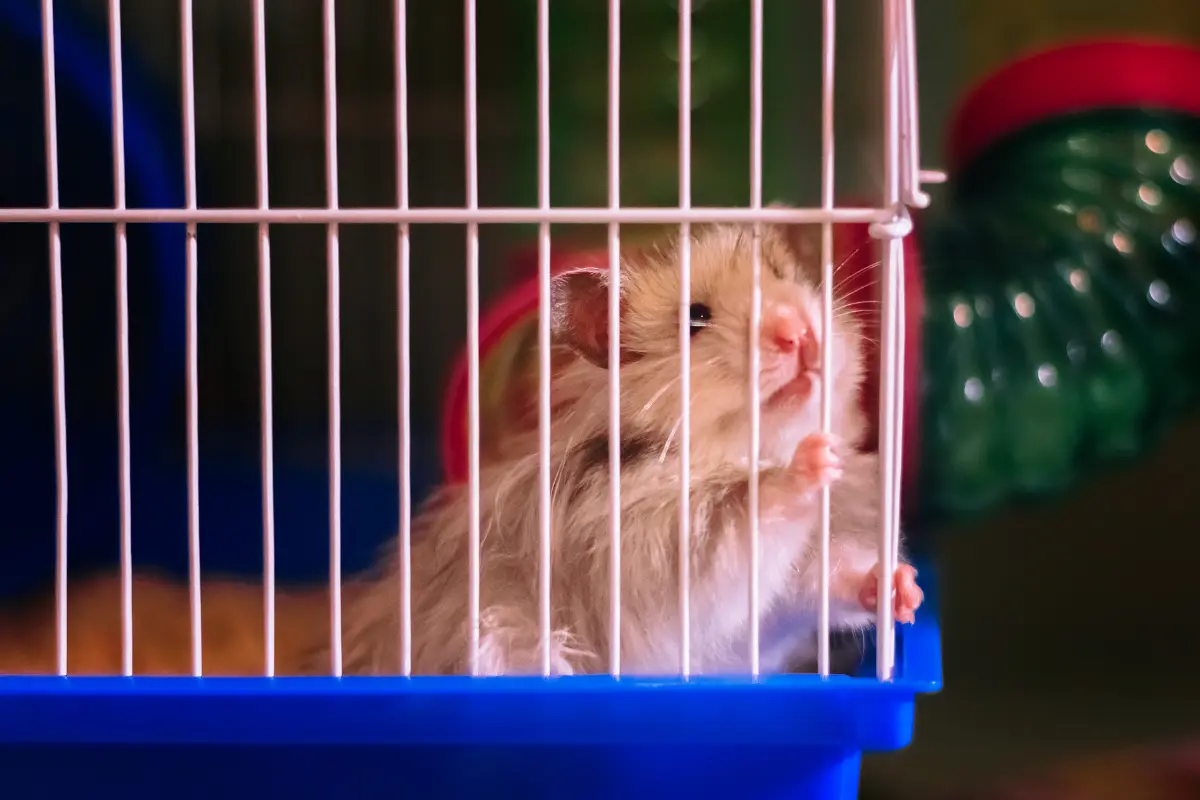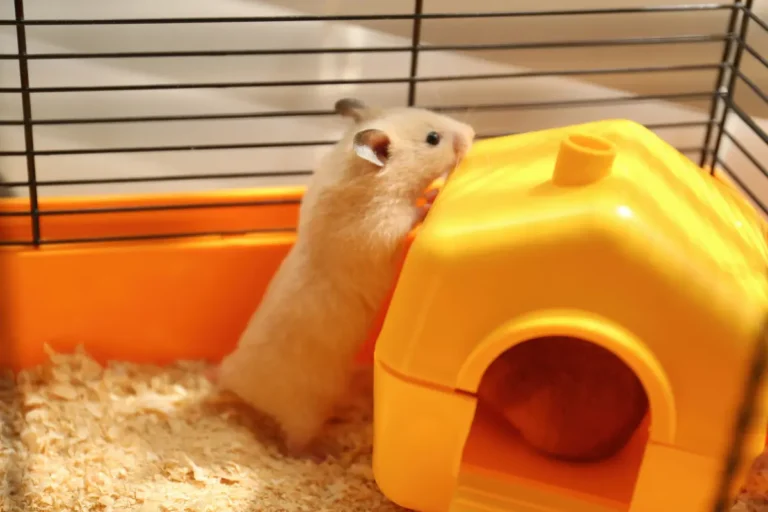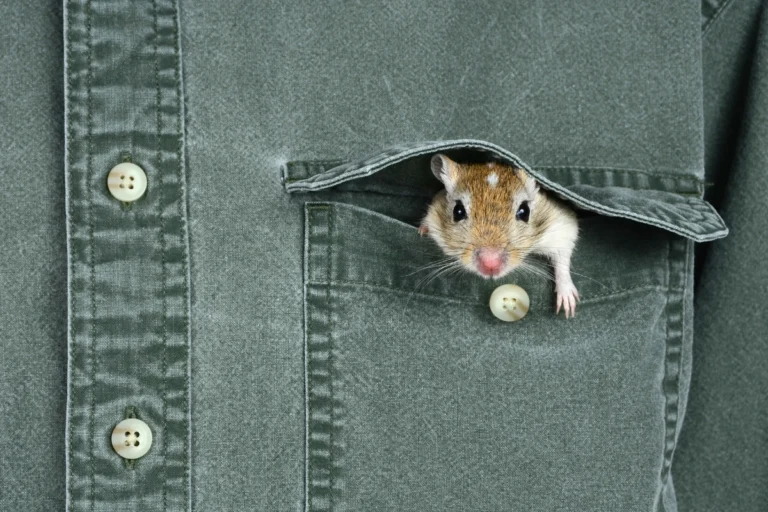Why Bigger is Better: The Importance of Large Cages for Hamsters
If you’re a hamster owner, you naturally want the best for your little furry friend. But have you ever stopped to think if their cage is truly spacious enough? Many pet stores offer tiny cages that look cute but might not provide the room your hamster needs to stay happy and healthy.
In this article, we’ll explore why bigger hamster cages make a big difference and how you can create a comfortable, enriching home for your pet.
Why Hamsters Need Larger Cages
In the wild, hamsters are very active and roam many miles each night, foraging for food, building their burrows, and gathering nesting materials. While a hamster in captivity doesn’t have to do all of these things, it still needs room to roam, play, and explore. This is why providing a large cage is so important.
While hamsters can survive in smaller cages, this doesn’t mean they will thrive. Small enclosures lead to a number of behavioral issues and health problems, both of which stem from stress and a lack of enrichment.
1) Bar Biting and Chewing: This isn’t a normal behavior for teeth maintenance, as many believe. Instead, it’s an obsessive behavior linked to the hamster’s inability to express its natural instincts. Bar biting can cause sores around the mouth and nose, leading to more serious health problems, including misaligned teeth.
2) Cage Aggression: When confined to a small space, some hamsters may become territorial and aggressive. They may charge at you, hiss, or bite when you try to handle them, displaying extreme territorial behavior. However, once taken out of the cage, many hamsters calm down, showing that their aggression is tied directly to their small living space.
3) Cage Pacing: This behavior, where hamsters run back and forth along the walls of their cage, is often observed in aquariums or small enclosures. It’s a sign that the hamster is trying to find something to do or escape its confines.
4) Monkey Barring and Wall Scaling: Hamsters may try to climb on the bars of a wire cage, exhibiting behaviors like hanging from the bars or scaling the sides of an aquarium. This is a desperate attempt to escape their small space and is an indication that the hamster needs more room to roam.
5) Lethargy: In extreme cases, hamsters may become lethargic, spending most of their time on the wheel or in their nest. Owners might mistakenly believe that their hamster is simply lazy, but in reality, the hamster is likely bored and stressed, with little else to do.
These behaviors all stem from the fact that the hamster’s environment is too small to allow for natural exploration, burrowing, and other instinctive activities.
How Much Space Do Hamsters Really Need?
As mentioned earlier, Syrian hamsters are best suited for cages that offer at least 1550 square inches of floor space, and dwarf hamsters should have no less than 800 square inches. But the bigger, the better!
A cage that’s too small doesn’t allow for the proper enrichment that hamsters need to stay physically fit and mentally engaged. Larger cages allow you to create a dynamic, engaging environment where your hamsters can express themselves freely, keeping them active and content.
Minimum vs. Recommended Cage Sizes
When it comes to hamster cages, minimum size refers to the smallest possible space your hamster can survive in, while recommended size represents the ideal environment that fosters your hamster’s physical, mental, and emotional health.
Minimum Cage Size: Barely Enough?
The minimum cage size is usually the lowest standard set by regulatory bodies or organizations that specialize in animal care. While these minimums are designed to meet basic survival needs, they don’t necessarily account for the hamster’s natural instincts or the complexity of its behavior.
For example, many pet stores will sell hamster cages with dimensions that meet these minimum standards. These cages may be small, but they are still technically “acceptable” for housing a hamster. However, if you are truly concerned with your hamster’s well-being, a minimum cage may not provide sufficient space for your pet to live happily.
For Syrian hamsters, the minimum cage size is typically around 360 square inches (e.g., 24 inches x 18 inches). While this might seem like enough space for a small animal, it falls short when considering the hamster’s need to run, burrow, and explore.
For dwarf hamsters, the minimum cage size recommended by many animal care organizations is 360-480 square inches. Again, while these dimensions technically meet the minimum standards, they may not provide enough room for your hamster to express its natural behaviors and maintain its health.

Recommended Cage Size: The Ideal Space for Your Hamster
While the minimum cage size allows your hamster to survive, the recommended cage size encourages a much richer and more fulfilling environment. This extra space promotes better health and well-being by allowing for natural behaviors such as running, burrowing, and exploring.
Experts agree that bigger is better, and providing your hamster with a more spacious cage can significantly improve their quality of life. Larger cages allow for better airflow, more enrichment activities, and ample room for a wheel, tunnels, and bedding — all essential elements for hamster happiness.
- For Syrian hamsters, a recommended minimum of 775 square inches (around 30 inches x 24 inches) is ideal. This allows your pet to stretch out, explore, and engage in a variety of physical activities. Ideally, cages larger than this (around 1,000–1,200 square inches) provide the most enriched environment.
- For dwarf hamsters, the recommended size is around 600–800 square inches. While they are smaller in size compared to Syrians, dwarf hamsters are still active and need plenty of space to roam and play.
How to Measure Your Hamster’s Cage
To find out if your hamster’s cage is large enough, you can easily measure the floor space. Simply measure the length and width of the bottom inside of the enclosure (don’t include the top or outside measurements). Multiply these two numbers to get the total floor space. For example:
- 30 inches by 15 inches = 450 square inches
- 76.2 cm by 38.1 cm = 2903.22 square centimeters (which you can convert to square inches using Google)
Connecting Small Cages Together: Does It Help?
Connecting two smaller cages can increase the overall space, offering more room for exploration, exercise, and enrichment.
Additionally, some pet owners may already own small cages and are looking for a quick solution to expand their hamster’s living area. Connecting these cages might seem like an easy way to make a cramped setup more spacious and stimulating for their pet.
If you decide to connect small cages, the most common method is using tubes or tunnels. These allow your hamster to travel between different parts of their living space, allowing them to explore different environments. When connecting cages, ensure the tubes are secure and that there are no sharp edges that could injure your hamster.
- Safety Considerations: The openings of the cages need to be smooth and secure to prevent your hamster from escaping. You also need to make sure that the tubes are the appropriate size for your hamster, with no gaps large enough for them to get stuck or injured.
- Type of Connection: Some people may use plastic connectors or zip ties to attach cages directly. However, it’s important to ensure that the cages remain stable and secure, as movement can cause stress or even harm to your hamster.
While connecting small cages may provide some benefits, it’s not an ideal long-term solution for your hamster’s well-being. It can increase the amount of space and offer some variety, but it does not replace the need for a larger, more enriching environment.
The Best Solution: The most effective way to ensure your hamster’s happiness and health is by providing a large, single cage that meets the recommended space requirements.
Upgrading to a Larger Cage
Upgrading to a larger cage can greatly improve your hamster’s quality of life by providing more space for exercise, exploration, and enrichment.
If possible, connect the old cage to the new one for a few weeks, allowing your hamster to adjust gradually. If that’s not an option, make sure to replicate the old cage’s layout in the new one using the same bedding, toys, and hiding spots.
Give your hamster time to settle into the new space. It may take a few days for them to explore and get comfortable, but with patience, they’ll enjoy their new, more spacious home.






